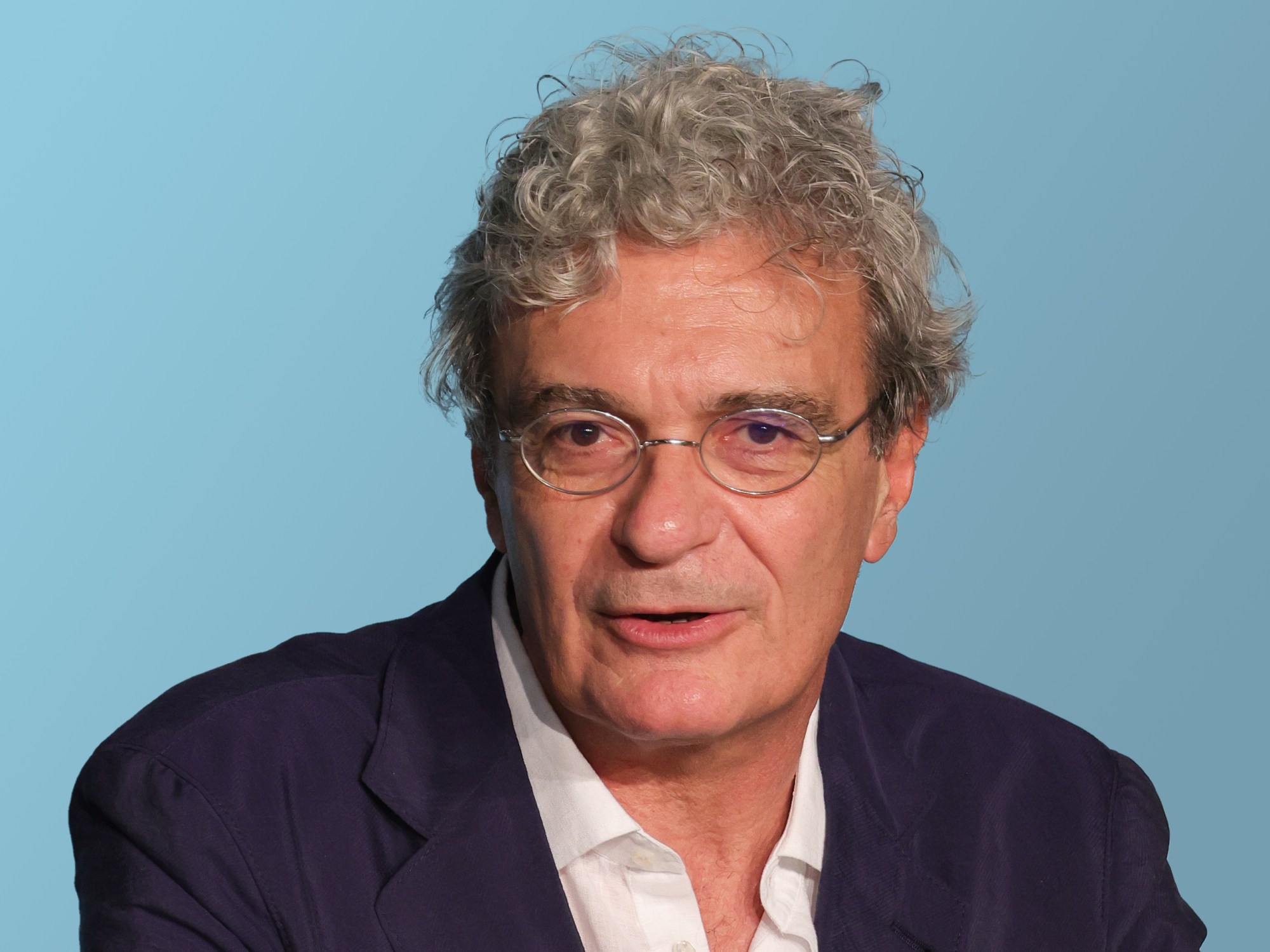
- Interviews
“Nostalgia”, a Film by Mario Martone, Italy
With the film Nostalgia, Italian writer/director Mario Martone made an auspicious return to the Cannes film competition 27 years after his adaptation of Elena Ferrante’s Troubling Love.
In the film, he made a deeply felt return to the heart of his Naples, in the historical, colorful, and troubled section called Rione Sanità. Martone’s film is also a sign that the film industry is back in Naples in a decided way, as Paolo Sorrentino‘s The Hand of God and prestigious TV series such as Gomorrah attest.
Nostalgia, based on the book of the same name by Ermanno Rea, written by Martone with Ippolita Di Maio, follows the story of Felice Lasco, played by Pierfrancesco Favino, a middle-aged man who returns to his native Naples after living for decades in Egypt. Once back, Lasco is caught up in memories of a distant life spent in his hometown as his criminal youth slowly catches up with him. In the cast, along with Favino, are Francesco Di Leva, Tommaso Ragno and Aurora Quattrocchi. Following its very well-received premiere at the Cannes Film Festival, the film was released in Italy through Medusa.
In Nostalgia, Sanità, though known for poverty and crime, shines for its wonderful churches and Baroque architecture, a strong element in the narrative, as many reviewers pointed out. “I understood that I could shoot the entire film without ever straying away from the Sanità,” Martone said in a video chat with Ciak Italian magazine. “And I didn’t know this neighborhood too well. It’s an enclave that even Neapolitans like me don’t know well. It’s far from the sea and quite dangerous, in a state of abandonment for many years.”
Martone depicts Sanità as a sort of chessboard or labyrinth. “I like these two analogies because they are effective in explaining what I wanted to do with the camera,” Martone told Italian daily Il Foglio. “Felice Lasco gradually delves into the Sanità, but it’s as though he has a labyrinth inside him.”
Among the Sanità’s narrow streets and alleys, distant memories break into Felice’s mind, especially those involving his ailing mother (Quattrocchi) and his childhood friend Oreste (Ragno) to whom Felice is inextricably tied by a secret. After experiencing the sweet pain of his return, Felice fantasizes about starting all over again right from where he had left everything, since “after all, nothing has changed” as he says in the movie.
But the truth is that his dear friend Oreste has been quite successful at a career in crime, becoming the feared boss of Sanità, despite the warnings, either benevolent or threatening, given to him by the anti-Camorra priest. Favino, the great actor he is, shows an amazing range for this role due to his enormous talent and his ability with languages (Roman-born and raised, Favino had to learn both the Neapolitan dialect and Arabic).
When talking about Nostalgia, Martone mentions “neorealism,” pointing to the almost untouched faces and corners of the derelict section of Sanità on the screen. “Especially the faces,” he revealed to the daily newspaper La Repubblica. “I remember exactly the first morning in which we were ready to shoot, with the extras, the lights, everything. At some point I stopped everyone: we are making a big mistake, I said. We need to extrapolate from this section what makes it the existential labyrinth of the protagonist, his cage, but also his desired finishing line, this unreplaceable substance it has. Therefore, the lady who opens the door of her house facing the street, the butcher, the house of the drug pushers, they are all inhabitants of this section.” Favino adds, “There are only five professional actors in this film. I was dragged by this secret force of a place which is Naples within Naples, where you can only immerse yourself, letting it take out of yourself what you didn’t even know you had.”
In the end, the director observes, Nostalgia is everything except a movie about the Camorra, the Mafia. “Yes, there are the archetypes, the tragedy, the return. But at the same time, there are the elements of a pulsating, living reality.”

